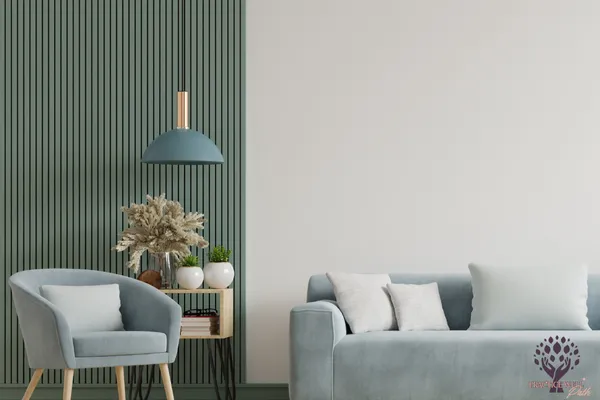
Creating an Inviting Therapy Space: How Your Environment Impacts Client Healing
Creating an Inviting Therapy Space: How Your Environment Impacts Client Healing
As therapists, we understand the profound impact that our environment can have on the therapeutic process. An inviting and thoughtfully designed therapy space not only facilitates client healing but also nurtures our well-being as practitioners. Here are some tips on how to create a therapeutic environment that feels safe, welcoming, and supportive for both you and your clients.
1. Prioritize Comfort
When clients step into your office, they should feel an immediate sense of comfort. Use soft furnishings, such as plush chairs and cozy blankets, to create a warm atmosphere. Consider the lighting as well—soft, diffused lighting can help ease tension and promote relaxation. Remember, the goal is to provide a space where clients can feel safe enough to explore their thoughts and feelings.
2. Incorporate Personal Touches
Your space should reflect your personality and therapeutic style. Add personal touches that resonate with you, such as artwork that inspires you or plants that bring life to the room. These elements not only make the space feel inviting but also help establish a connection with your clients. When they see pieces that resonate with you, it can foster a sense of authenticity and openness.
3. Create a Sense of Privacy
Confidentiality is paramount in therapy, and your space should reflect this. Consider soundproofing measures, such as rugs, curtains, or acoustic panels, to minimize external noise and ensure privacy. Additionally, arrange your furniture in a way that creates a feeling of intimacy, allowing you and your clients to engage in meaningful conversations without distractions.
4. Support Sensory Needs
Clients come with diverse sensory preferences, and your space should accommodate these needs. Some clients may benefit from soothing scents, such as essential oils or candles, while others may find comfort in calming sounds, like soft music or nature sounds. Consider incorporating elements that engage different senses—this can make a significant difference in how clients experience your space.
5. Foster a Sense of Agency
Empower your clients by allowing them to have a say in their therapy space. Small choices, like selecting a chair or deciding on room temperature, can help clients feel more in control of their therapeutic experience. This sense of agency is crucial for building trust and collaboration in the therapeutic relationship.
6. Consider Your Well-Being
As practitioners, our well-being is just as important as that of our clients. Design a space that supports your self-care. Incorporate elements that help you recharge, such as a comfortable chair for your breaks, a quiet corner for reflection, or even a small space for practicing mindfulness. When you feel good in your environment, it translates into the energy you bring to your sessions.
7. Regularly Refresh the Space
Therapeutic environments can become stagnant over time. Regularly refresh your space to keep it dynamic and engaging. Change artwork, rotate plants, or rearrange furniture to create a new feel. This not only keeps your environment inviting but can also inspire fresh perspectives for both you and your clients.
Conclusion
Creating an inviting therapy space is a powerful way to enhance the healing journey for your clients while also nurturing your own well-being as a practitioner. By prioritizing comfort, incorporating personal touches, fostering privacy, and supporting sensory needs, you can cultivate an environment that promotes growth and healing. Remember, the space you create is not just a backdrop for therapy; it is an integral part of the healing process. Let's embrace the potential of our environments to make a lasting impact in the lives of those we serve.
I hope this resonates with your vision! If you'd like to adjust any sections or add more details, feel free to let me know!

